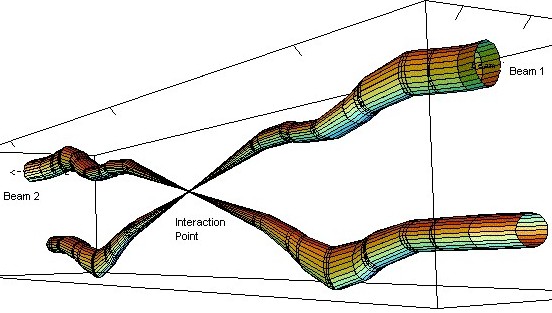Re: this place has gotten quiet
Posted: Wed Apr 13, 2016 11:30 am
how often is Earth and by extension the Moon hit by cosmic rayschelle wrote:Thanks.
You know an other interesting thing to take into account are referential explosions or blasts.
Take a 'normal' bomb or a meteorite smashing into Earth, here the temperatures get up to a few 10k degrees, which is nowhere near the millions of degrees needed for nuclear reactions.
Now looking at Cosmic rays, these are individual protons or heavier atomic nuclei, which are accelerated to sufficiently high energies (typically billions of electron volts) to interact with other nuclei directly, the same goes for the particles at LHC.
So whatever is flying around in the Universe at high speeds with lots of energies are:
A. macroscopic objects meteorites/crystals/molecules/atoms who are limited to typical solar-system orbital speeds (a few tens of kilometers per second). They are necessarily electrically neutral. Therefore, they can only be accelerated by gravitational forces (orbital slingshot) which limits you to more or less the escape velocity of galaxies, a few hundred km/s at most.
B. Cosmic rays which are individual protons or atomic nuclei. They can be accelerated by shock waves (e.g., during a supernova) and by electric and magnetic fields (LHC).
The conclusion here is that as a reference in nature, Macroscopic objects have a high density, but not a super high velocity to touch and break nuclei; on the other hand Cosmic rays do have a lot of energy to smash nuclei, but don't have the high density as they are shaken apart during a Supernova's shockwave. But at the LHC we do have the high energy and also the high density, which makes it something very unique within the Universe.



